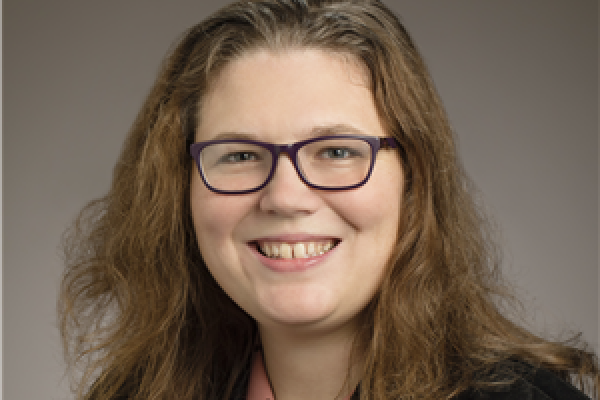
There is an on-going search for the critical point in Quantum Chromodynamics (QCD) using heavy-ion collisions at Relativistic Heavy Ion Collider (RHIC). To search for this critical point, one requires a testable equation of state that smoothly matches to first principles lattice QCD calculations at low densities but can parameterize the location and properties of the critical point in the regime beyond which lattice QCD cannot reach. Here we use a mapping between a 3D Ising model to describe the critical region and lattice QCD at low densities. With such a model, we test one of the most famous signatures of the critical point: a
non-monotonicity in the kurtosis of net-proton fluctuations across beam energies. While the peak remains a solid feature, the presence of the critical point does not necessarily cause non-monotonic behavior in the kurtosis along the freezeout line below the transition temperature. Steps towards further constraints on the QCD critical point using machine learning are discussed. Then, the same equation of state is used in a simplistic relativistic viscous hydrodynamic framework to study the influence of out-of-equilibrium effects on the search for the critical point that would be realized in heavy-ion collisions. We find that the path to the critical point is heavily influenced by out-of-equilibrium initial conditions where viscous effects lead to dramatically different (T,muB) trajectories through the QCD phase diagram and that the choice in the hydrodynamic equations of motion plays a crucial role as well.
Zoom link: Join Zoom Meeting
Passcode (if required): 100859
